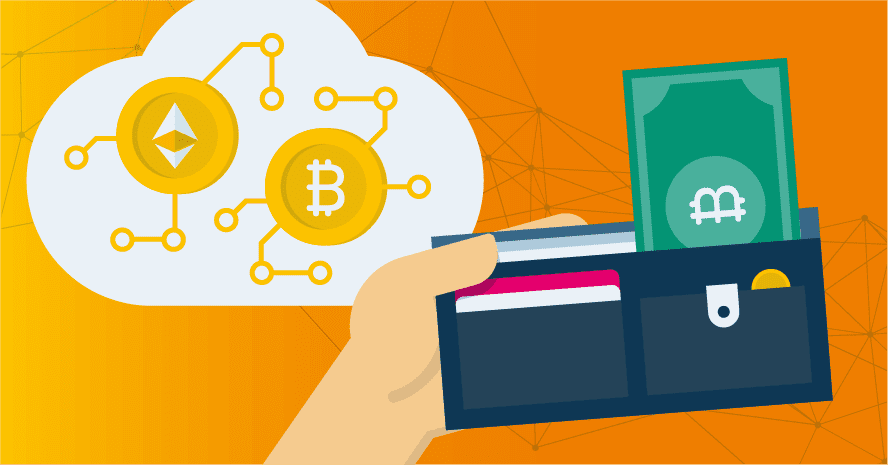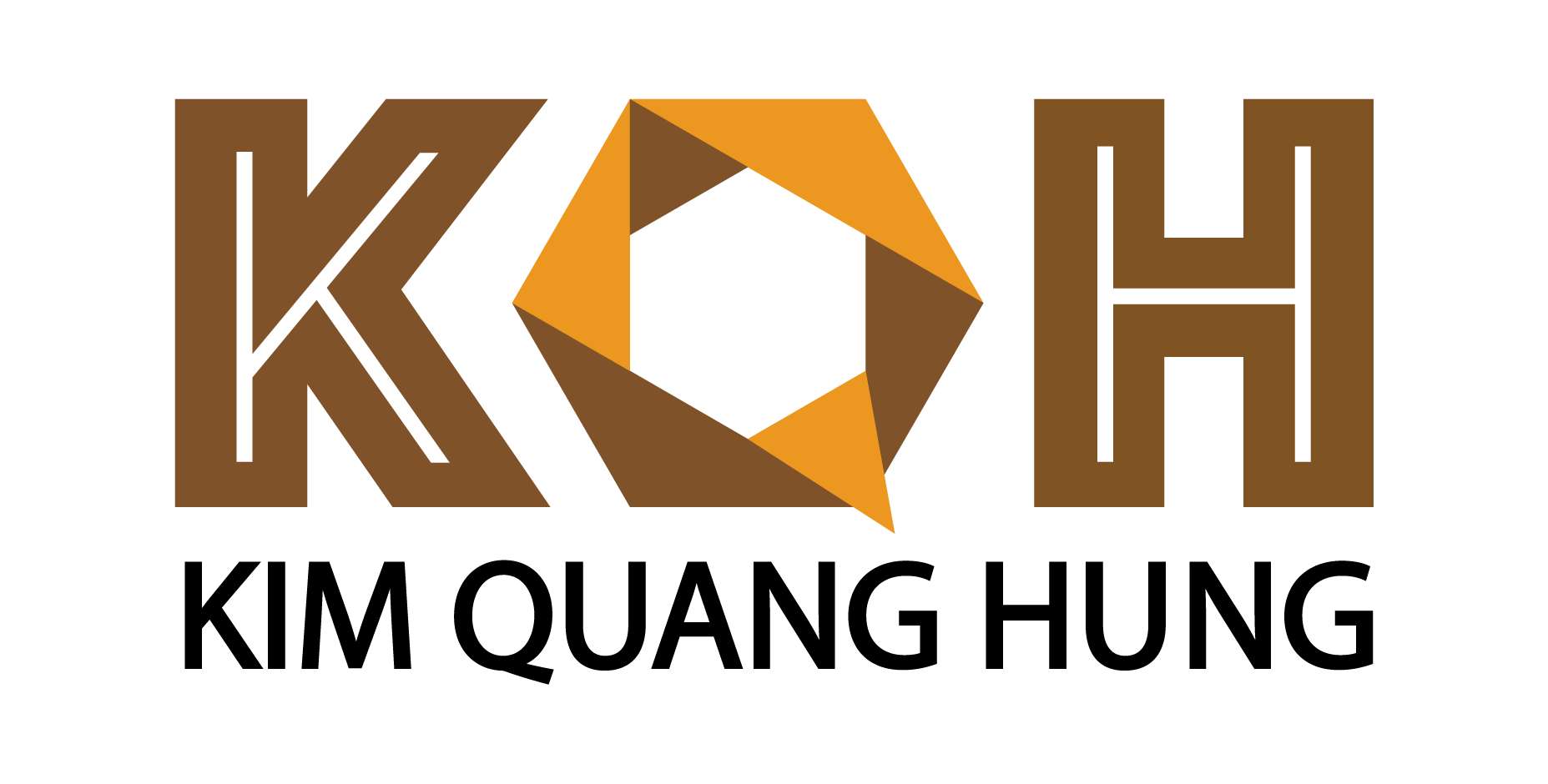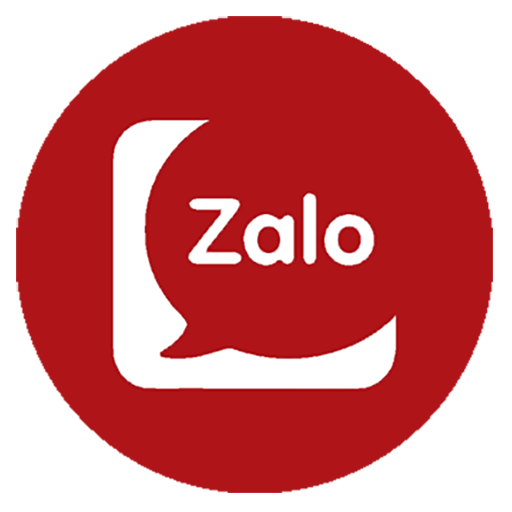Содержание
The other key difference with Ethereum is that Solana has a ‘stateless’ architecture and, as already discussed above, this helps reduce the overall memory consumption. Since the entire state of the network does not need updating for each transaction, they can be easily carried out sequentially. The competition between layer ones has been raging since the frenzy around various decentralized applications and non-fungible tokens in 2021. Open-source Corda offers PostgreSQL, H2 and SQL Server; Corda Enterprise supports PostgreSQL, SQL Server, Azure SQL and Oracle. This article justifies in detail why R3 designed Corda to use a relational database instead of a NoSQL database.
- The enterprise blockchain networks have substantially higher transaction rates.
- Either way, Lex Sokolin said that Bitcoin is currently far too attached to PoW to ever leave it, particularly given that its priority is security over big scalability.
- It is also fair to say, for the technical reasons given in this article, that the insurance industry has reached a consensus in choosing Corda as the most appropriate distributed ledger technology for insurance processing.
- Also, because of the protocol’s age, it has gone through various forks and changes, all while remaining decentralized.
- But, there are certainly differences between the two that cannot be ignored.
This process is not cheap, and this is why Ethereum 1.0 is considered to be slower than other ‘stateless’ blockchains like Solana.
Which Is Better: Ethereum Or Solana?
We will be reviewing the underlying technology, the core features that each blockchain offers and also understand the growing DApp ecosystem on each. One of the key factors that separates Ethereum from Solana is the underlying technology. Each has a different consensus mechanism at its heart and each has unique ways of solving the problems around scaling. In this section, we will look at how the two are different from the perspective of what’s driving the two blockchains.

The views and opinions expressed in this article are the author’s [company’s] own and do not necessarily reflect those of CoinMarketCap. CoinMarketCap is not responsible for the success or authenticity of any project, we aim to act as a neutral informational resource for end-users. Ethereum and Solana differ in terms of the underlying technology and consensus mechanism that they utilize. Ethereum offers a much more mature and decentralized network, while Solana offers high-speed and low-cost transactions. Ethereum 1.0 can process roughly transactions per second, which does not make it the fastest blockchain. What the layer-one blockchain of Ethereum lacks in scalability is accomplished by layer-two scaling solutions such as state channels, sidechains, Plasma , Validium and rollups .
Features
It means that all the transactions on the network are recorded into one state and if any new transaction occurs, then the entire network must update their copy of the network to reflect that new transaction. In simple terms, if Alice were to send Bob $10 via Ethereum, then the entire network of miners around the world will have to update their records to reflect Ethereum vs Bitcoin that. While the two blockchains have certainly found their fair share of fans and supporters, Ethereum reigns supreme as a blockchain that offers a much more transparent and advanced ecosystem of DApps. But, there are certainly differences between the two that cannot be ignored. X.500 network name is the parameter used to lookup members of a Corda network.
It is one of the biggest order book-less peer-to-peer cryptocurrency exchanges that aims to offer users the ability to buy/sell their preferred tokens easily. The DeFi ecosystem is quite diverse on Ethereum, namely because it is a much older blockchain than Solana. The latter, on the other hand, has launched several different marketing strategies to invite more users and developers to its network. These tactics have certainly helped the protocol add more users and developers since its inception. Certainly not the first to pioneer non-fungible tokens, Ethereum was one of the major protocols that helped leverage the technology to create digitally scarce collectibles. While the collectibles boom has only happened in the year 2021, NFTs were being used for various different purposes even before.
With regards to a production environment, the Bitcoin network and Ethereum network each power a single public network. Secondly, data privacy is provided by enterprise blockchain — in contrast to the lack of data privacy that the Bitcoin network and Ethereum have. Each of Quorum, Hyperledger and Corda take a different approach to provide data privacy, as explained later in this article. Sokolin went on to explain that PoS is ideal for a network such as Ethereum, which is aiming to provide the digital infrastructure for a future decentralized/crypto-based financial system. Ethereum currently stands at a market cap of $497B, while Solana is at a mere $56B. Due to the faster transaction speeds, Solana certainly has found a dedicated set of community members.
Choosing the correct distributed ledger technology for your use case has numerous considerations, spanning data privacy, performance, ease of programming, and public versus private networks. The Ethereum network (hereon referred to as “Ethereum”) is a public blockchain that gives a much more flexible programming environment than that of the Bitcoin network, thanks to Ethereum featuring smart contracts. Smart contracts are programs written in a high-level programming language that runs on a distributed ledger technology. The considerations include data privacy, scalability and ease of programming. A crucial feature that makes Solana stand apart from its competitors is that the blockchain is scalable at its base level, that is, it does not require layer-two solutions to increase scale. A key component of the blockchain that aids in this scalability is the Turbine block propagation protocol.

Solana is a new kid on the block that offers faster transaction times at lower costs. The DeFi ecosystem on Solana is still at a very nascent stage, with various DApps being launched on the platform as we speak. This is the result of extensive hackathons and other marketing strategies that the network has employed to attract a wide user base. The blockchain itself has acquired over $12B in total value locked across all its DApps. The first DApp that comes to mind when talking about the DeFi ecosystem on Ethereum is Sushi.
Join Our Free Newsletter For Daily Crypto Updates!
It also supports multi-chain networks that help enhance the scalability for Ethereum without compromising on its security. An example of this is Polygon, which is a multi-chain network that helps scale Ethereum. The crucial point where Solana differs from Ethereum is the underlying consensus mechanism.
The first application that gained worldwide popularity was Cryptokitties, which also led to the clogging of the Ethereum network at the time. A key feature of Ethereum, especially when it was launched, was the fact that it is a Turing-complete language. This means that it can support a variation in programmability, which further facilitates the creation of different smart contracts. It, thus, utilizes Solidity as its base programming language which is used for coding smart contracts. In addition to this, Solana also utilizes what is known as the Gulf Stream that is, as it claims, a mempool-less transaction forwarding standard that pushes the transactions to the edge of the network. This enables network validators to carry out transactions much ahead of the stipulated time.
https://t.co/9BGq0RBqBj #WEB3 #ART #AI #DIGITALART #DEGEN #DeFi #SHIBA #BLOCKCHAIN #METAVERSE #SOLANA #BNB #BTC #ETH #BITCOIN #CRYPTO #NFT
— linktr.ee/MetaVars2140 (@MetaVars2140_en) August 19, 2022
The complete database — the union of all transactions by all participants over all time — only exists in a highly fragmented form, split across the various insurance companies’ Corda nodes of the network. Third, regarding performance, the inherent design of Bitcoin and Ethereum mean that the transaction rates are very low, making these technologies not scalable enough for insurance processing. The enterprise blockchain networks have substantially higher transaction rates. Quorum, Hyperledger Fabric and Corda are each referred to as being an enterprise blockchain. These are private networks — access to them is restricted to selected parties — with features designed for business enterprises, including known identities of network participants. “Proof of stake is an easier-to-understand system, which allows easier participation through the staking of capital.
Corda V Hyperledger V Quorum V Ethereum V Bitcoin
Quorum is a variant, called a “fork”, of the Ethereum codebase; when the Ethereum codebase changes, Quorum will eventually get updated, too. Quorum was created by the investment bank JP Morgan and exists as an open-source project with contributions from developers around the world. Either way, Lex Sokolin said that Bitcoin is currently far too attached to PoW to ever leave it, particularly given that its priority is security over big scalability. This diplomacy aside, Sokolin also affirms that PoS offers various advantages, while still providing many of the key properties of PoW.
While Ethereum is limited by its ability to process a huge number of transactions per second, where it stands out is decentralization. The barrier to entry to become a validator — especially in Ethereum — is not too high, which makes for a trustless decentralized network. To compensate for the lack of scaling features at the native blockchain, layer-two solutions help provide for advanced scalability and throughput. In this article, we will look at the major differences between the two blockchains.
That initiative is called the Hyperledger project and it is run by the Linux Foundation, a renowned non-profit open-source technology consortium. Some distributed ledger technologies emerged seeking to fix the data privacy problems of Ethereum and these are introduced in the following section. Ethereum is progressing to Ethereum 2.0 and once that upgrade is finished, it will be able to process over 100K TPS. One of the biggest DApps on Solana is Raydium, an on-chain order book AMM that helps users execute trades. Needless to say, Ethereum was one of the first pioneers in the creation of decentralized on-chain smart contracts. The second point that makes Ethereum different from Solana is its “stateful” nature.
The network, then, is secured by hundreds of thousands of miners who participate in the process of consensus by “staking” their computing power/hardware. Corda has an emphasis on data privacy by sharing transactions only on a need-to-know basis. Let’s say that there are a hundred companies from the insurance sector on a private network running Corda. If insurance broker B sells a policy on behalf of insurer N, then only these two parties have access to the data of that transaction. Therefore, in this insurance example, there will be no single node on the Corda network that has access to all the transaction data.
For most countries’ banking infrastructure, in bank transfers, the recipient name field is simply plain text, without any validation applied on it by either bank. In your next bank transfer, type Donald Duck into the recipient field; your transfer will still work just fine. Exploiting this weakness is critical for bank transfer fraudsters, who convince https://xcritical.com/ their victim to use the fraudster’s bank details rather than that of the intended recipient. Interoperability between the various initiatives and platforms within the Corda space is a goal for Blocksure. We are working in partnership with other significant industry players to design an interoperable landscape for insurance processing on Corda.
There are several other factors for the rise in the number of users on Solana. For instance, Mango Markets managed to go from $28M to over $130M in less than a month. All of these features combined make for a highly scalable, efficient and low-fee blockchain.
It helps break down data into smaller fragments, making it easy to transfer it across the network. This article contains links to third-party websites or other content for information purposes only (“Third-Party Sites”). CoinMarketCap is providing these links to you only as a convenience, and the inclusion of any link does not imply endorsement, approval or recommendation by CoinMarketCap of the site or any association with its operators. This article is intended to be used and must be used for informational purposes only. It is important to do your own research and analysis before making any material decisions related to any of the products or services described. This article is not intended as, and shall not be construed as, financial advice.
This page shows the pain of writing a database report using CouchDB’s map-reduce JavaScript queries rather than the universally popular industry standard, SQL. At Blocksure, our journey to create a next-generation platform for the insurance industry took us from Ethereum to Quorum and ultimately we settled on Corda. IBM contributed the code for Fabric blockchain to an open-source initiative in 2015.




